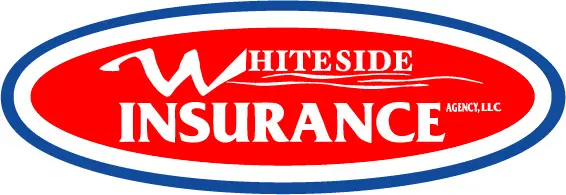Don’t forget these 3 engine maintenance basics:
I know that many of you classic car owners know these engine maintenance basics. But the gap between knowing and doing is sometimes as wide as the Grand Canyon. So I’ll touch on them again and you can read along and say “check!” to each one. And if you don’t own a vintage car, you can enjoy learning what these “car historians” need to do so the rest of us can enjoy them.
1. Change your oil.
Forget the miles. Change your oil at least every 6 months. It’s cheap insurance.
We all know that when it comes to your vintage cars, oil changes are the language of love. You can’t say “I love you” to a prized classic car and then let old oil sit in the crankcase. The “every 3,000 miles” rule doesn’t apply to your babies. They get so little mileage some years. Oil that sat all winter with residual gas, dirt and other contaminants in it is going to break down. Yes, even though you didn’t run the engine. And before you start the oil change, now is a good time to check for oil leaks. Don’t ignore them. Here’s an excellent article on fixing recurring oil leaks.
2. Check your cooling system.
If you can’t remember the last time you flushed… FLUSH.
A radiator flush for your classic car is a good idea. But if you aren’t going to do a full system flush, at least check your coolant. A cheap testing kit will tell you if it’s the optimal (usually) 50/50 mix. And your eyes can tell you if it’s green (good) or brown (bad). So take off that radiator cap and look. In short- check for leaks, bad color, and keep your antifreeze full. (I know- you air cooled engine folks can ignore this- ha!)
So what about the newer Organic Acid Technology (OAT) types of antifreeze? The orange stuff. Isn’t it supposed to last longer and extend engine life? Don’t use it. Orange is the enemy of your beloved vintage cars. It can wreak havoc with your older style gaskets, as well as trash your radiators over time. To be safe, stick with the recommended coolants for your specific car… usually green. (I’m open to hearing your thoughts on the new “universal coolants” if you want to post a comment below.)
3. Keep your engine in tune.
If the rumble isn’t right, tune it up.
You should visually inspect:
- Spark plugs
- Spark plug wires
- Distributor cap and rotor
Perhaps the easiest thing to check, even for you non-mechanical car owners, is the condition of the spark plug wires. Pop the hood, get a flashlight and look. Start by checking the boots… that flexible cover over the spark plug itself. That’s near where all the heat from the engine is, and they can go bad. Here is an excellent article on checking your spark plug wires.
If you aren’t into “under the hood” engine maintenance, take it to your favorite mechanic and have them do the under the hood inspection. Make sure you also check the air and gas filters at the same time. Air and gas filters for classic cars are simple front-line protectors of your investment.
I want to see your classic car in perfect condition!
FIRST:
I may pass one of you on the road and say to my passenger, “Hey! There goes one of my friends in their cool classic car!” And I would hate to be embarrassed for you if your car didn’t sound as cool as it looked. I’m just keeping it real.
SECOND:
I would really love to insure your “baby.” And I want all the cars I insure to be in the best possible shape. A well taken care of classic car is safer to drive (doesn’t that just make an insurance agent happy!)… and it’s also a chance for me to brag about your car. So when you rumble up to the office in your ’68 Camaro, I can proudly yell, “Hey everyone- we insure that!”
Whiteside Insurance: (830) 693-8881.
